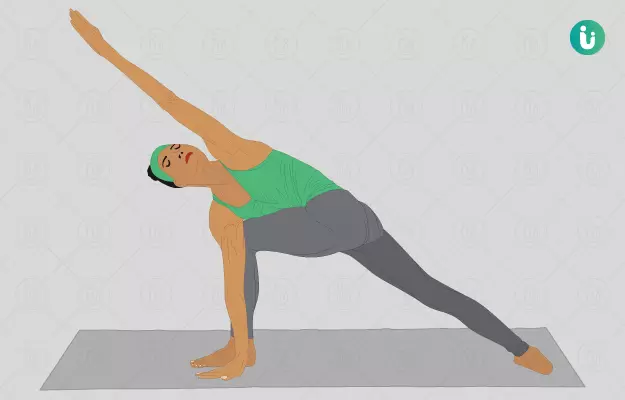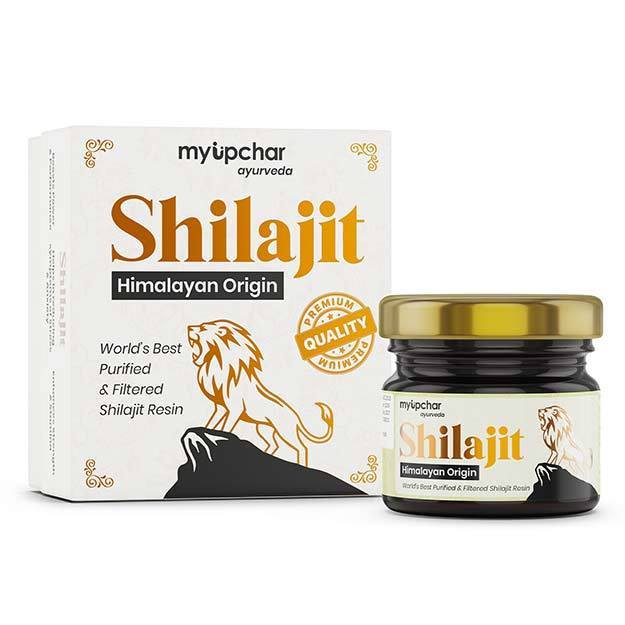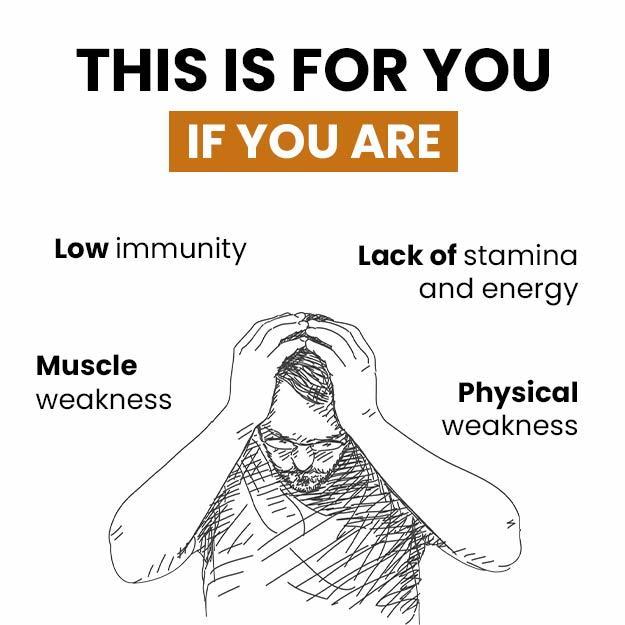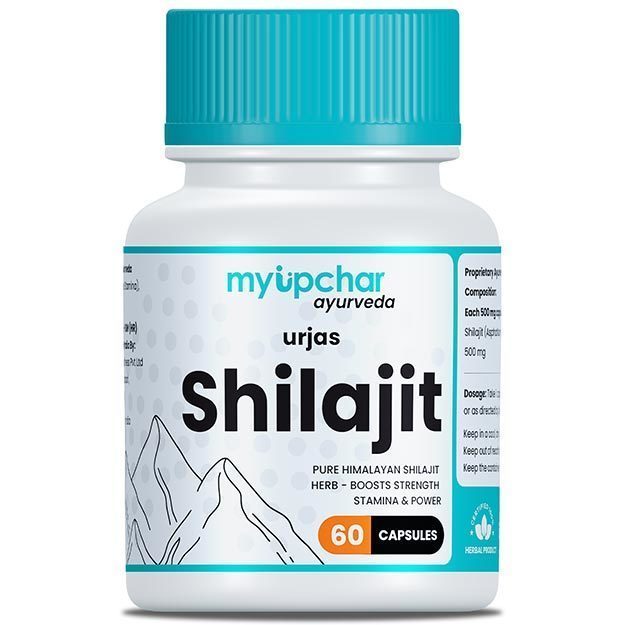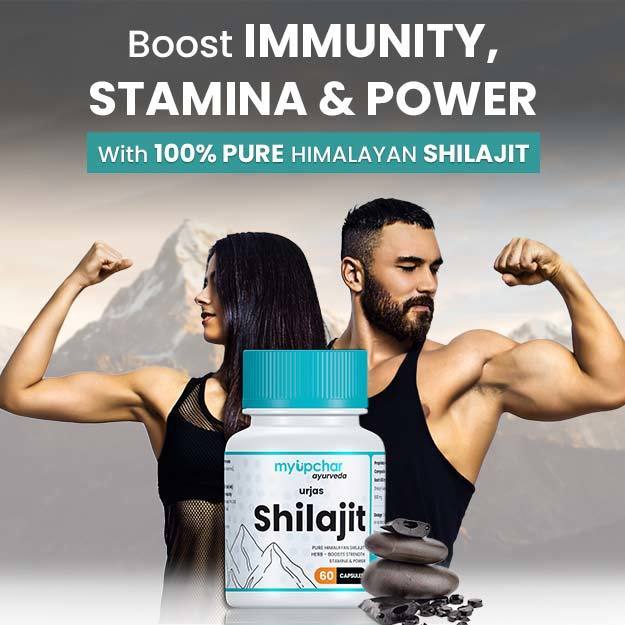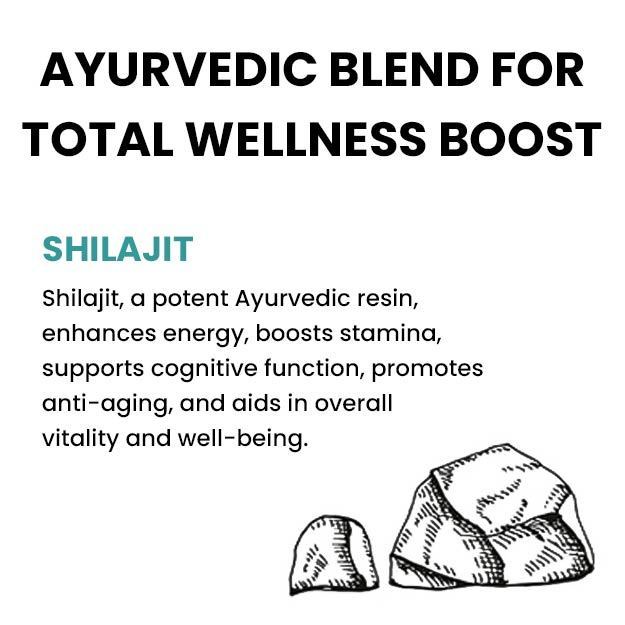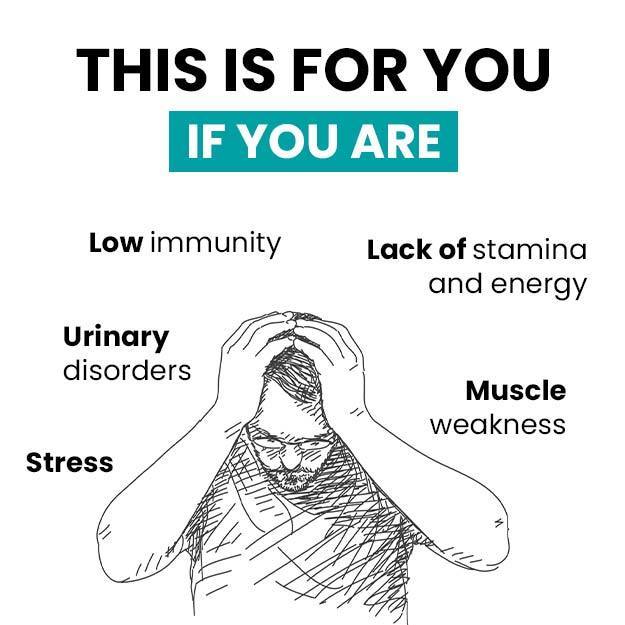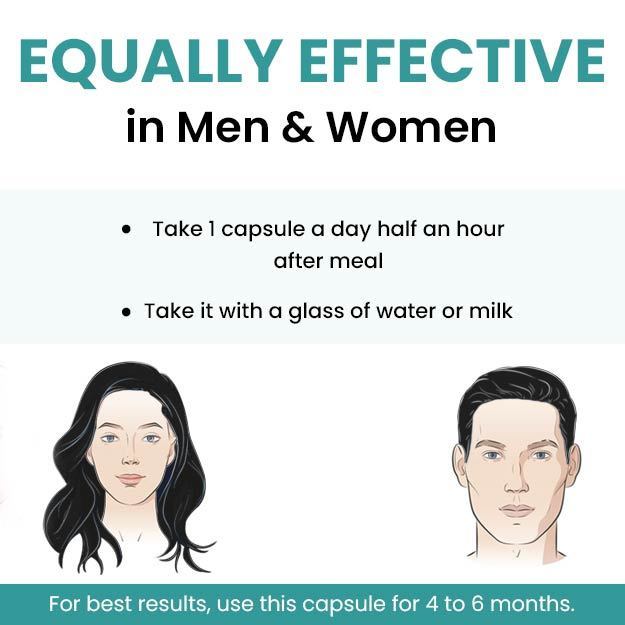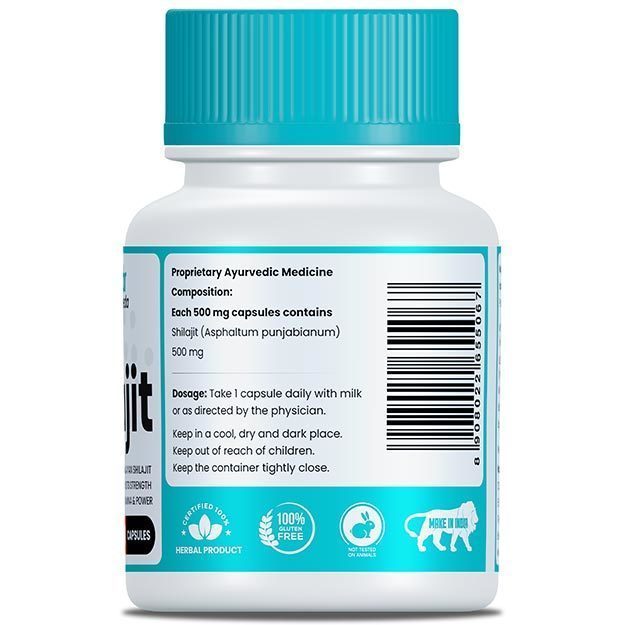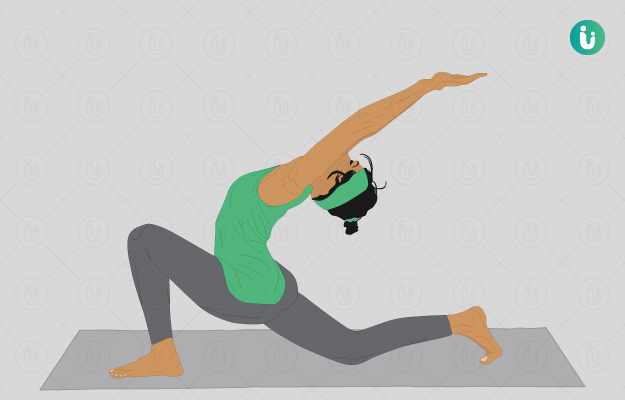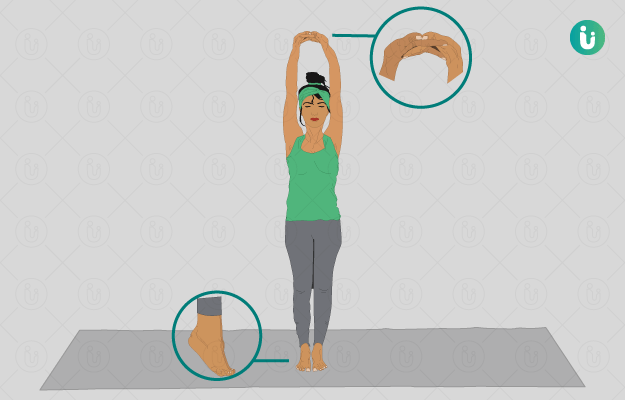The name of Parivrtta Parsvakonasana is made up of three words: Parivrtta, Parsva, and Kona. Parivrtta means "turned or bent", Parsva means the right-left part of the chest or armpit and Kona means corner. This article explains the benefits of Parivrtta Parsvakonasana and the ways to do it. Along with this, information has also been given about the precautions to be taken during Parivrtta Parsvakonasana.
(Read more - Hatha Yoga: Discover the Benefits)
- Benefits of Parivrtta Parsvakonasana
- Asanas Before Doing Parivrtta Parsvakonasana
- How To Do Parivrtta Parsvakonasana?
- How To Do Parivrtta Parsvakonasana
- Precautions In Doing Parivrtta Parsvakonasana
- Asanas After Doing Parivrtta Parsvakonasana
- Summary
Benefits of Parivrtta Parsvakonasana
Like every asana, Parivrtta Parsvakonasana also has many benefits. Some of them are:
- Stretches the legs, knees and ankles and makes them strong.
- Stretches the hips, chest and lungs, shoulders, neck and spine.
- Increases stamina.
- Stimulates the abdominal organs.
- Improves your physical balance.
- Helps in relieving sciatica, constipation, digestion problems, infertility, back pain and osteoporosis.
(Read more - Yoga for fungal infection)
Asanas Before Doing Parivrtta Parsvakonasana
Before doing Parivrtta Parsvakonasana, you can do these asanas, these will open up your hamstrings, hips and thighs to a sufficient extent.
- Padangusthasana or Big Toe Pose
- Padahastasana or Hand to Foot Pose
- Utthita Trikonasana or Extended Triangle Pose
- Parivrtta Trikonasana or Revolved Triangle Pose
- Utthita Parsvakonasana or Extended Angle Pose
(Read more - Yoga to Cleanse Stomach)
How To Do Parivrtta Parsvakonasana?
We are giving the method of doing Parivrtta Parsvakonasana in detail here, read it carefully.
- Stand in Tadasana. Inhale and spread your legs 4 to 4.5 feet.
- Turn your left foot 45 to 60 degrees inward, and turn the right foot 90 degrees outward. Align the right heel with the left ankle.
- Keep your left heel firmly on the floor and bend your right knee until the knee is directly above the ankle. If you are flexible, bring your thigh parallel to the floor.
- Slowly bend your torso to the right up to 90 degrees. After doing this, bend the torso forward. Make sure you bend from the hip joint and not the back joint.
- Now inhale and place the left hand from the front on the outer side of the right toe on the floor. If this is not possible for you, then place the toe near the heel.
- Extend your left hand towards the ceiling. In the end, your left arm and leg should be in a straight line. Now lift your head upwards so that you can see the fingers of your left hand.
- Inhale and exhale five times so that you can stay in the asana for 30 to 60 seconds. Gradually, as your body gains strength and flexibility, you can increase the time — do not exceed 90 seconds.
- When you can come out of the asana after 5 breaths, straighten your head, lower your right hand, lift your left hand, and then lift your torso, straighten your torso again and bring your legs back inside. Finish in Tadasana.
- After doing the right side, repeat all these steps on the left side as well.
(Read more - Yoga poses for shoulders)
How To Do Parivrtta Parsvakonasana
If your lower hand does not reach the ground, you can keep both your hands on your right side in a pranam mudra. In the beginning, you may have trouble maintaining your balance. If this happens, place a folded towel or any other object under your foot on which you can rest your foot.
(Read more - Yoga for mental health)
Precautions In Doing Parivrtta Parsvakonasana
- If there is a back or spinal injury, do not do Parivrtta Parsvakonasana. Do this posture only under the supervision of an experienced teacher.
- Those who have diarrhea, headache, or low blood pressure problems should not do Parivrtta Parsvakonasana.
- If you have any heart problems, practice by standing close to the wall. Keep your upper hand on the hip instead of keeping it straight.
- If you have a complaint of high blood pressure, then in the final posture, instead of raising your head upwards, keep it downwards so that your gaze is on your toes.
- If you have pain in your neck, then in the final posture, instead of raising your head upwards, keep it straight so that your neck is not strained (keep in mind not to look down either).
- Do not exert more force than your physical capacity.
(Read more -Yoga Nidra For Deep Sleep)
Asanas After Doing Parivrtta Parsvakonasana
- Prasarita Padottanasana or Wide-Legged Forward Bend
- Parsvottanasana or Intense Side Stretch Pose
- Utthita Hasta Padangusthasana or Extended Hand-To-Big-Toe Pose
- Ardha Baddha Padmottanasana or Half Bound Lotus Standing Forward Bend
(Read more - Yoga for Heart Patients)
Summary
Parivrtta Parsvakonasana, also known as Revolved Side Angle Pose, is an important yoga asana that helps in increasing the flexibility and strength of the body. This asana stretches the entire body, especially strengthens the muscles of the spine, shoulders, and legs. Doing this improves the digestive system and helps in reducing belly fat. Parivrtta Parsvakonasana improves balance as well as increases lung capacity and reduces stress. This asana improves blood circulation and energizes the body, but it should be done slowly and with the right method to avoid injury.

